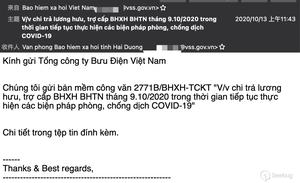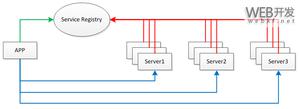Pandas替换和不区分大小写
使得更换不区分大小写似乎并不在下面的例子中(我要替换的效果 JR。 或 小 与 JR ):
In [0]: pd.Series('Jr. eng').str.replace('jr.', 'jr', regex=False, case=False)Out[0]: 0 Jr. eng
为什么?我有什么误会?
回答:
该case参数实际上是一种方便的选择flags=re.IGNORECASE。如果替换不是基于正则表达式的,则与替换无关。
因此,当时regex=True,这些是您可能的选择:
pd.Series('Jr. eng').str.replace(r'jr\.', 'jr', regex=True, case=False)# pd.Series('Jr. eng').str.replace(r'jr\.', 'jr', case=False)
0 jr eng
dtype: object
要么,
pd.Series('Jr. eng').str.replace(r'jr\.', 'jr', regex=True, flags=re.IGNORECASE)# pd.Series('Jr. eng').str.replace(r'jr\.', 'jr', flags=re.IGNORECASE)
0 jr eng
dtype: object
您还可以通过将不区分大小写标志作为模式的一部分纳入,而变得厚脸皮并绕过两个关键字参数?i。看到
pd.Series('Jr. eng').str.replace(r'(?i)jr\.', 'jr')0 jr eng
dtype: object
您将需要
\.在正则表达式模式下转义句点,因为未转义的点是具有不同含义(匹配任何字符)的元字符。如果您想动态地转义模式中的元字符,可以使用re.escape。
有关标志和锚点的更多信息,请参阅文档和reHOWTO的本部分。
从源代码中可以很明显地看出,if忽略了“
case”参数regex=False。看到
# Check whether repl is valid (GH 13438, GH 15055)if not (is_string_like(repl) or callable(repl)):
raise TypeError("repl must be a string or callable")
is_compiled_re = is_re(pat)
if regex:
if is_compiled_re:
if (case is not None) or (flags != 0):
raise ValueError("case and flags cannot be set"
" when pat is a compiled regex")
else:
# not a compiled regex
# set default case
if case is None:
case = True
# add case flag, if provided
if case is False:
flags |= re.IGNORECASE
if is_compiled_re or len(pat) > 1 or flags or callable(repl):
n = n if n >= 0 else 0
compiled = re.compile(pat, flags=flags)
f = lambda x: compiled.sub(repl=repl, string=x, count=n)
else:
f = lambda x: x.replace(pat, repl, n)
您可以看到case仅在if语句内部检查了参数。
IOW,唯一的方法是确保regex=True替换是基于正则表达式的。
以上是 Pandas替换和不区分大小写 的全部内容, 来源链接: utcz.com/qa/423703.html




